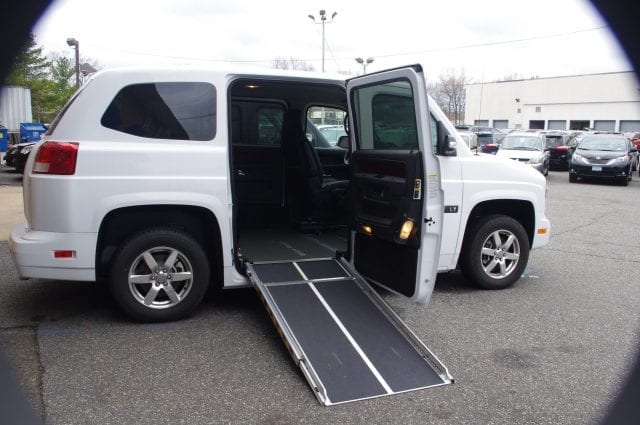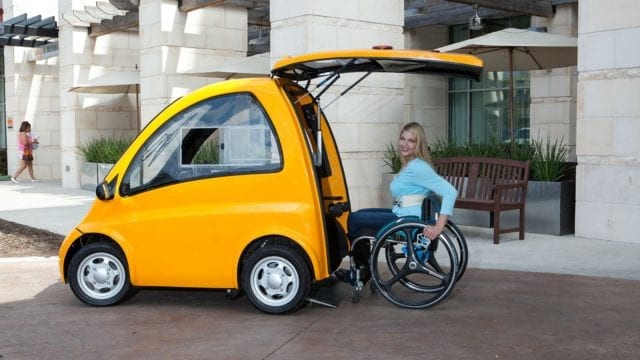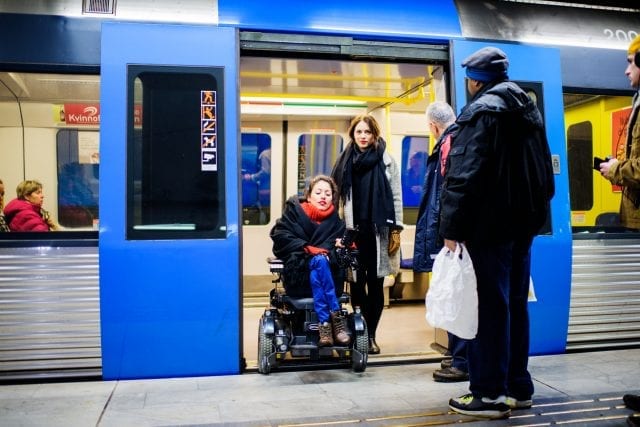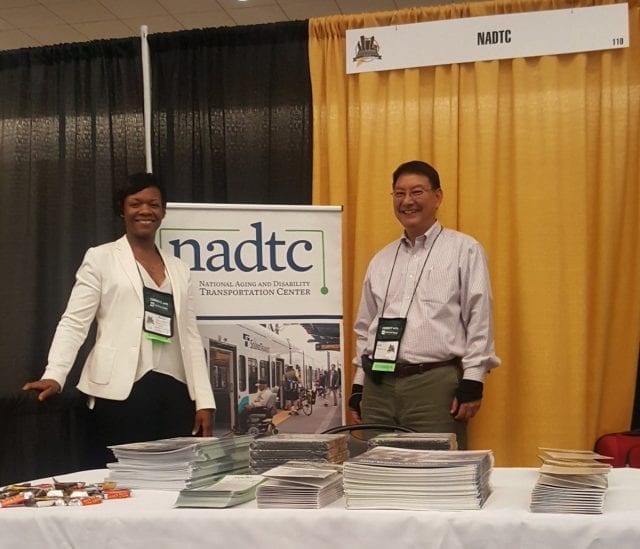
It’s never easy giving up the keys to the car, but many Americans over the age of 65 are doing just that. One in five seniors aged 65 and older are no longer driving, and each year over 600,000 people stop driving altogether. Add on physically challenged individuals who aren’t able to drive and you can see how large a problem it is to provide transportation to this population.

Unfortunately, public transit can’t handle the number of seniors and physically challenged individuals due to a lack of transportation services for the disabled and elderly. A national poll found that over 80 percent of young adults with disabilities are often prevented from doing the activities they would enjoy because of the lack of transportation or access to a commercial handicap van. Sadly, this is life changing for many of them, unable to experience what their peers can do and enjoy. Older adults and younger adults with disabilities who do not have caregivers are especially concerned with finding transportation, as the caregivers play a key role in meeting their transportation needs.
Impacting Their Quality of Life

Not being able to go somewhere is so disheartening to seniors who don’t or can’t drive as well as for younger adults with disabilities. It’s the way the lack of transportation impacts their overall quality of life. For example, 40% of older adults and 80% of drivers with a disability can’t participate in the activities or chores they need or like to do simply because they don’t drive. This leaves them despondent, frustrated and isolated.
Barriers to Independent Living

Only 15% of older adults and 32% of younger adults with disabilities use public transportation services. They either ride with family or friends or drive their own vehicles. Those in rural areas and in communities away from larger cities feel that the transportation services available to them are not adequate. But many adults with disabilities who live in large cities or in suburbs believe that they have good alternative transportation options.
Those who don’t drive face many different barriers, one of which is the access to affordable transportation alternatives. These barriers include access, availability and affordability. And for those who do not have a caregiver, only 25% say that they have excellent transportation options.
Caregivers play a pivotal role in providing transportation, as almost 40% spend five to ten hours each week on the transportation needs of friends and relatives. Plus, 66% of older adults and 54% of younger adults with disabilities expect transportation options to stay the same, or get worse.
Making Strides

The National Aging and Disability Transportation Center (NADTC) is hosting a national information and education campaign called, “every ride counts.” It’s designed to increase overall awareness of local transportation options for older adults and people with disabilities.
It’s clear that many older adults feel that giving up driving greatly limits their access to doctor’s appointments, shopping and socialization opportunities. The National Association of Area Agencies on Aging wants to change that perception, as they note that there are many excellent transportation programs available. They are currently aggressively advocating for additional resources to ensure that all areas, including rural areas, are working to prioritize transportation services for older adults and people with disabilities.
To address the needs of older adults and those with disabilities, the NADTC recently funded ten community grans to support planning for transportation alternatives like volunteer transportation, rideshare options and expanding public transit, particularly in rural areas. It is hoped that as more and more people become aware of the transportation problems facing seniors and younger adults with disabilities, more solutions will be found and implemented.





